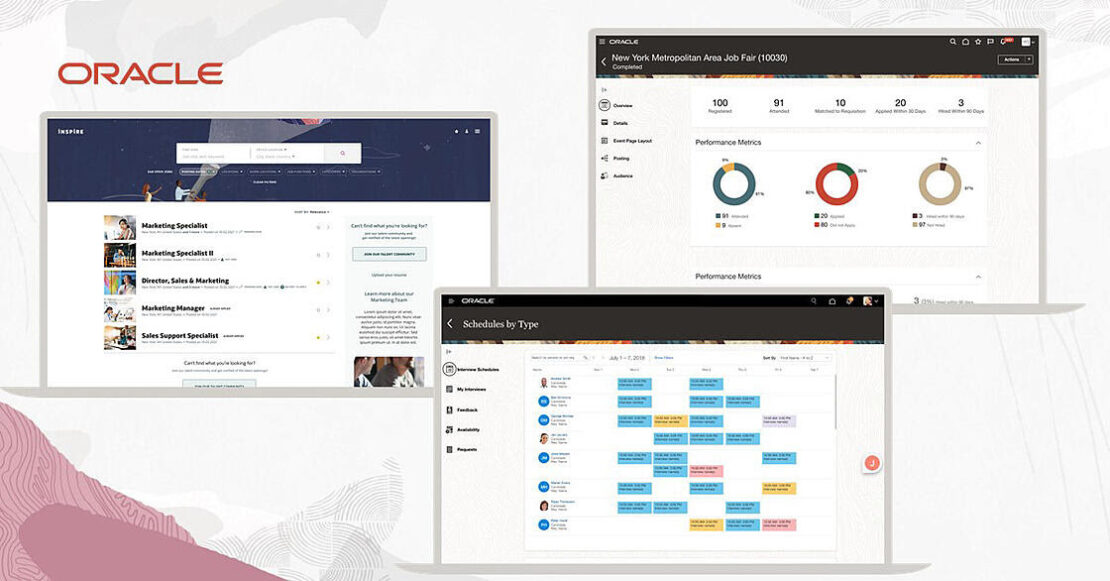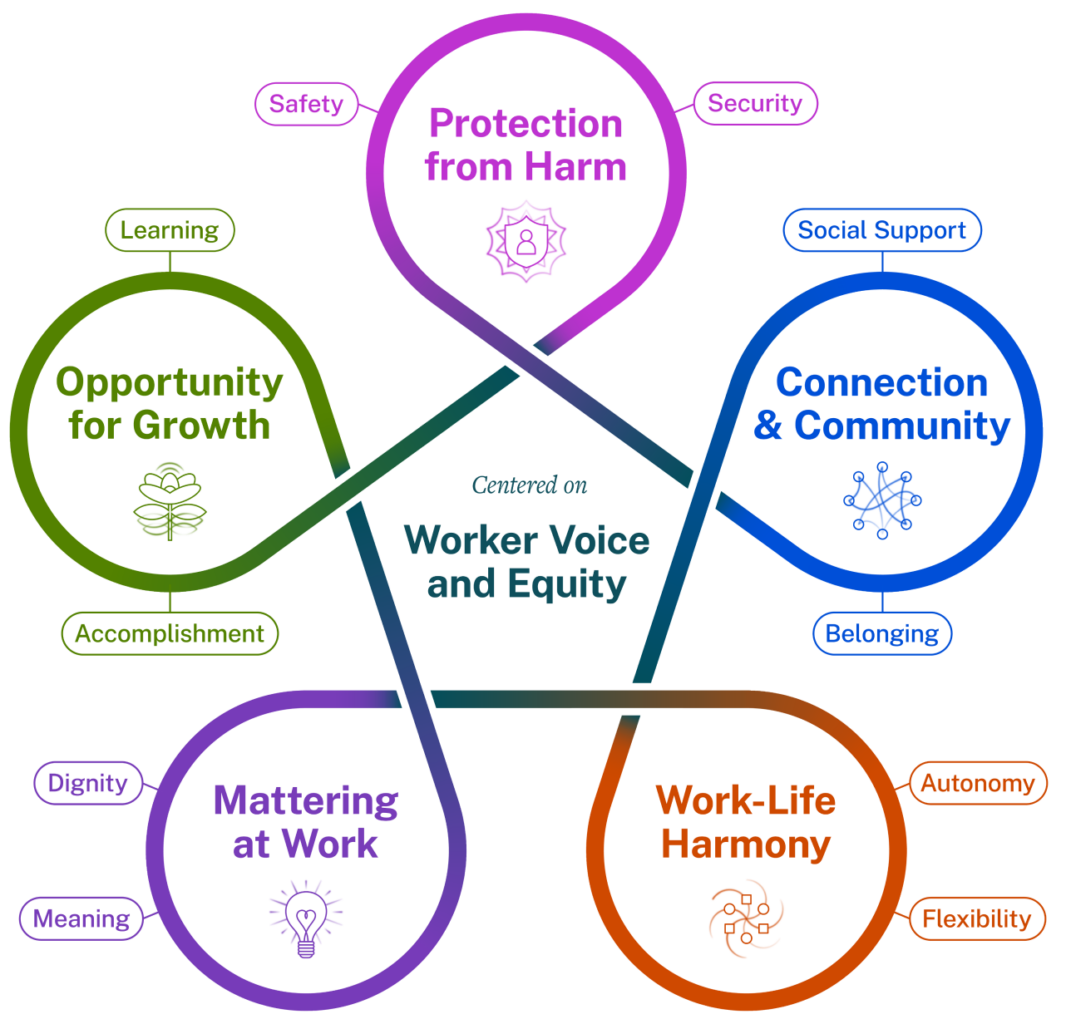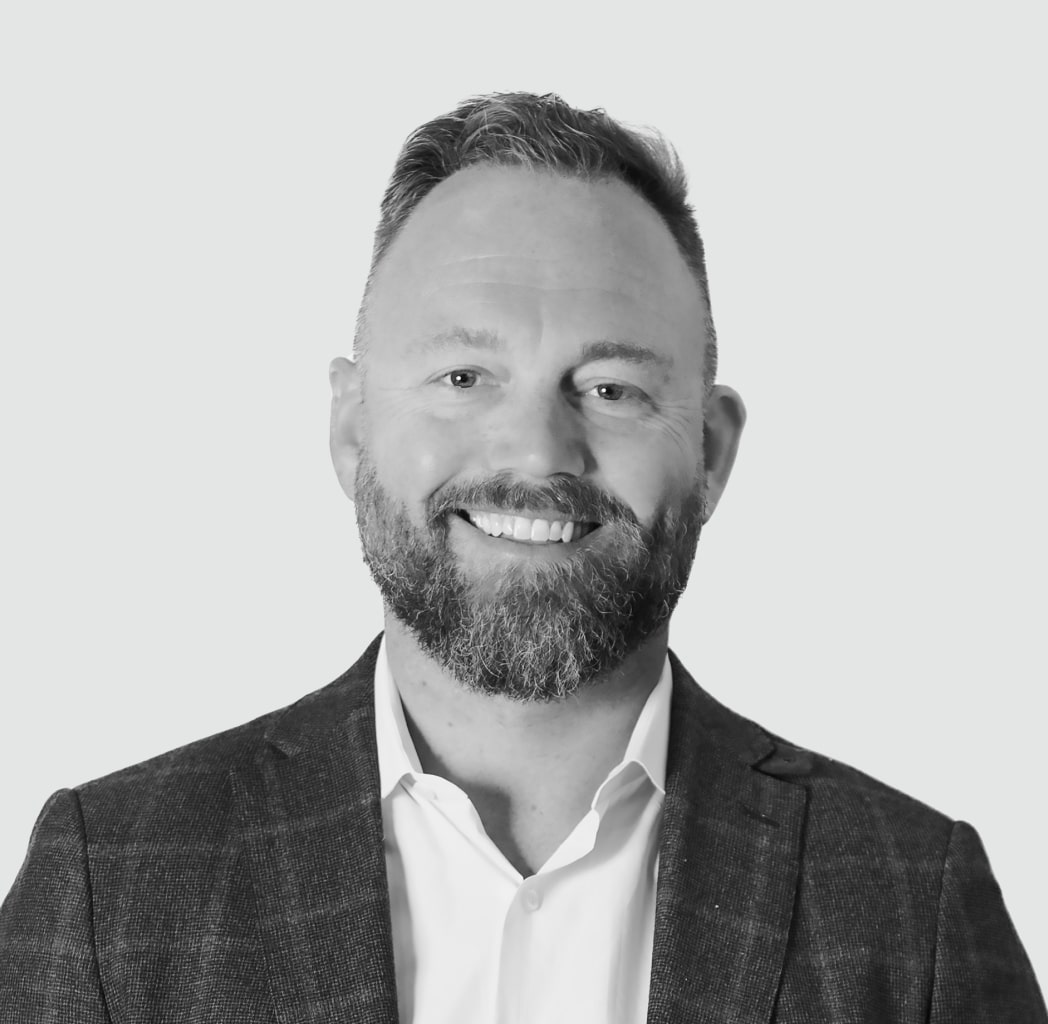
For some time, I’ve been looking for one “source” that curates modern takes on HR Tech, perspectives from the people who build it, and its impact on enterprise — something that’s tailor-made by professionals for decision-makers.
I never found it — so I decided to build it.
Every week, I’ll be sharing fresh insights on tech platforms, design, data, and the future of work — straight to your inbox.
My Thoughts
I need to circle back to the topic that just won’t die. Since coming across a rather loaded headline from Fortune, I’ve been stuck thinking about remote work whatever you want to call an alternative to an in-office everyday work model. 😤
My most burning 🔥 question is: Why does everything need to be labeled or approached with a hard line in the sand and a “this or that” ultimatum? It’s frustrating for sure, but like with life right now, inside and outside the office, “leaders” are making decisions based on what they want — not what their team members, employees, constituents, etc., are saying. What is the expectation for such a short-sighted, shallow choice? ❓🤨 ❓
On top of that, too many headlines still refer to the benefits of any work that isn’t fully in-office as novelties or worse — overrated.
My qualms arise from the obvious disregard for the progress we’ve made in work flexibility and the impact that simple flexibility has had on employees — especially marginalized groups and individuals for whom traditional office environments are a barrier to a fulfilling career. No surprise there. 🤯 The real issue is that any work that is not full-time in the office puts well-deserved pressure on “leaders” to work harder and try new things. And instead of taking on that challenge, they are defining their organization’s policies based on their biased opinions rather than what works for their own teams.
To those leaders, I would encourage you to focus on one question: Are the desired results being achieved? Financial and operational results are usually top of mind when thinking about “results,” but what about commitment to company values, maintaining a strong culture, and ensuring the well-being of employees?
Defaulting to “butts in seats” is, frankly, lazy. 🥱 👎 Dig a little deeper and understand why you have to (and why you’d even want to) force employees into a work model they don’t want. Get creative with your solutions, look for compromise, trust your employees, and take chances to make and keep them happy. Ultimately, if your workplace still looks like it did in March of 2020, you’re making it clear that your mindset hasn’t changed either.
In the meantime, though, take my advice and don’t let clickbait headlines fool you into confusing the growing pains of progress for novelty. 👋 🎤

Tech Innovation At Work
Oracle unveiled a new solutions package aimed at improving the impact of recruiting efforts at the company’s global user and partner conference, CloudWorld. ☁️ Building on the original recruiting solutions within Oracle’s Fusion Cloud Human Capital Management system, Oracle Recruiting Booster is jam-packed with a suite of new tools 🧰 that include:
- In-app communication via SMS and email, based on candidates’ preferences.
- AI-powered sentiment analysis.
- Automated interview scheduling.
- End-to-end hiring event support, including marketing, online attendance management, and candidate targeting.
In addition to Recruiting Booster, Oracle also announced new HCM offerings for healthcare organizations focused on the most pressing issues for frontline healthcare workers (namely burnout) and the ability to provide better patient care. 🥼 In discussing the latest features, Nagaraj Nadendla, SVP of product development for Oracle Cloud HCM, cited the need for organizations to elevate their candidate journey to match their expectations of modern digital interaction. “We’re all accustomed to personalized experiences from technology in our personal lives, and we expect the same thing when it comes to our professional lives.” 🧑💻

I really thought I had the right idea with the “focusing on the human in human resources” ideology, but that may not be the case anymore. Deloitte recently released an interesting piece that ideates on the fine line between AI tools and “digital workers.” The author follows the natural progression of digital transformation, wherein more and more vital tasks are delegated to automation. 🤖 However, the growing presence of automation and AI in an organization prompts a very urgent question: What will organizational leaders need to do to compensate for any loss in humanity that comes with the increase in automation, both internally to protect culture as well as in customer-facing situations? 🤔 Will people ops leaders soon find themselves crafting SOPs for their computational counterparts? 🤯 It’s a great read, so be sure to check it out.
The Changing Workplace
Despite plenty of data pointing to the contrary, managers are still holding onto the concern that their remote teams are not as productive as their in-office counterparts. 🙄 Well, I’m happy to announce that we can put those fears to bed. Not only are employees happier and healthier working remotely, but they are also significantly more productive — as the rise in overemployment is making loud and clear. 📣 Being overemployed can be described as having a side hustle on steroids, with workers balancing two or more full-time positions at different companies — secretly, of course. In a profile by Wired, anonymous overemployed workers describe delicate dances around overlapping Zoom calls and high-pressure instances of simultaneous deadlines. 🔥 🗓️ 🔥 But nearly all of them also mention their commitment to high-quality work (if only for the sake of not “blowing up their spot”) as well as the newfound ability to reach financial goals that a lot of workers today can only dream of, like purchasing a home. 🏡 The act of having multiple jobs is not new by any means. But the freedom of flexible work and the rise of overemployment culture have reignited concerns and sparked debate over the morality, legality, and psychological risks of such an extreme type of hustle.

Speaking of psychological risks, the United States Surgeon General 🧑⚕️has released a new framework for supporting workplace wellbeing. The 30-page guide is built on what he’s named the Five Essentials for Workplace Mental Health and Well-Being and contains resources that company leaders can use to help managers brainstorm ways to create better workplaces. If you need the tl;dr version, check out this overview of the five key framework points in this article from SHRM. 👈

